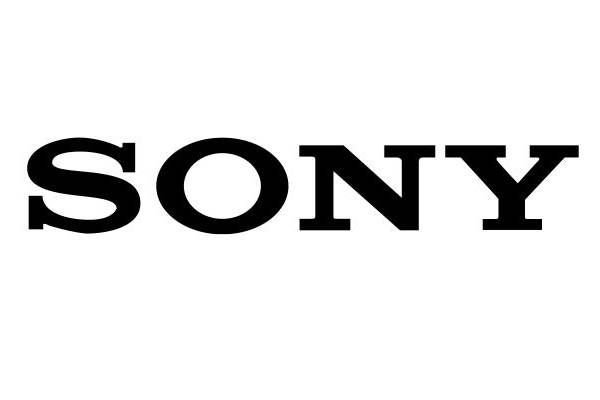
Sonys augmented reality is been slowly losing its appeal given its sometimes laggy and unreliable performance most implementations required a weird marker to be in clear sight and graphics rendering speed on your handheld device. Sonys SmartAR announcement came along and said the technology took us by surprise with its super slick responsiveness, and marker less object recognition makes a compelling hassle-free selling point. Virtual objects continue to animate even when the original object is out of sight, Sonys SmartAR is available to game developers and advertisers, for more details read the press release and dont forget look at the video
Here is the video
Here is the Press Release
Sony develops “SmartAR*1” Integrated Augmented Reality technology
– Featured with markerless and high-speed object recognition & tracking as well as
dynamic 3D space recognition & image rendering –
Sony has developed integrated ‘Augmented Reality (hereafter referred to as ‘AR’) technology’ called as “Smart AR.” When capturing visuals through a camera on a device such as a smartphone, the technology enables additional information to be displayed on the device’s screens such as virtual objects, or images and texts that cannot be identified by visual perception alone. The technology employs the markerless approach, forgoing any requirement for special markers such as 2D barcodes. The object captured by the camera is quickly recognized and can be tracked at high-speed along with the movement of the camera, as it is displayed over the actual 3D space.
AR technology has recently been the subject of much interest, and is being used in a variety of applications such as advertisements, promotions, games, and information searches. Sony began researching AR in 1994 with two-dimensional barcodes recognition (marker approach), and in 1998, it developed VAIO “PCG-C1” personal computers equipped with software which automatically recognized ‘CyberCode*2.’
“SmartAR” technology combines ‘object recognition technology’ (markerless approach in which no special markers are required) for recognition of general objects such as photographs and posters with Sony’s own proprietary ‘3D space recognition technology,’ which has been fostered through the research of robots such as “AIBO” and “QRIO.” With “SmartAR” technology objects can be recognized and tracked at high-speed. In addition to displaying virtual objects or additional image or text information (hereafter, ‘AR information’), the technology also facilitates the expression of AR information over an extended space, thus producing a dynamic, large-scale AR experience.
Furthermore, information can be acquired or navigated by simply touching the AR information directly on the screen of the smartphone or other device, thus achieving an intuitive and seamless user interface that is unique to “SmartAR.”
Sony will continue to experiment with “SmartAR” technology with the aim to add new value for various services and business applications such as advertising and games.
< Main features >
(1) Object recognition that enables the markerless approach
AR information can be displayed on the captured image which appears on a device’s screen, including those images that do not have any special markers for AR. This technology is also compatible with image recognition technologies that use conventional markers (such as “CyberCode*2”). Because “SmartAR” can recognize everyday objects such as posters and menus, it has the potential for a wide variety of applications.
“SmartAR” object recognition technology identifies objects by analyzing features detected from a portion of the image (hereafter, ‘local features’) together with their positional relationship. Our feature matching technology that employs a proprietary probabilistic method that matches local features with minimal calculations enables high-speed recognition that is resistant to changes in lighting or the position of the object. In addition, recognition is still possible even if the object captured appears to be comparatively small in the display.
(2) High-speed tracking (‘rapid & accurate’)
Sony achieved its natural-feeling ‘rapid & accurate’ AR by quickly displaying AR information on the screen and then tracking the camera’s movements at high-speed. This has been realized by combining object recognition technology with our proprietary matching technology that uses features detected from a portion of the image (‘local features’) and image tracking technology that is capable of dealing with changes in the shape of the object.
(3) 3D space recognition
With our dynamic, large-scale AR, virtual objects can be merged with 3D structures detected in the physical world. For example, even if the AR image is a gigantic virtual character whose size exceeds the dimensions of the device’s screen, the technology allows the user to grasp the entirety of the virtual character when the camera is moved around. Furthermore, it is also possible to move the virtual object in the actual 3D space as if it were really there.
Three-dimensional space recognition technology is based on use of the disparity observed by the camera movements to estimate the shape of the 3D space and the position and angle of the camera. By combining this with object recognition technology, devices become capable of identifying and remembering 3D space constructions.
(4) AR Interaction
Information can be intuitively acquired and navigated by directly touching the AR information displayed on the smartphone or device’s screen. The distinctiveness of “SmartAR” technology comes from the user interface which enables users to naturally use and operate additional information and virtual objects.
